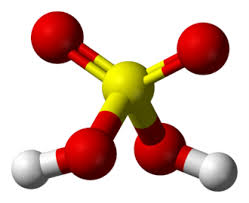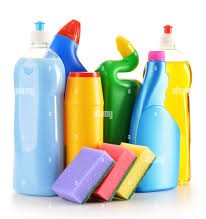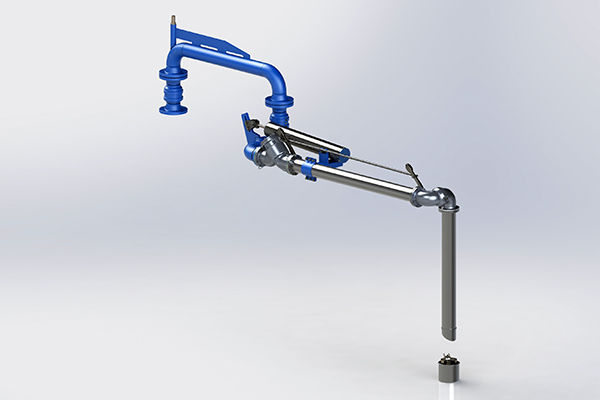Safely Handling Sulfuric Acid: Risks, Best Practices, and Zipfluid Engineered Solutions
Sulfuric acid (H₂SO₄) is a mineral acid composed of sulfur, oxygen, and hydrogen.
It is a colorless, odorless, and viscous liquid, soluble in water.
The corrosivity of sulfuric acid solutions depends significantly on concentration and temperature.
Sulfuric acid is one of the most widely used chemicals in industry. Thanks to its high acidity and dehydrating capacity, it is employed in the production of a wide range of products.
In this article we will discover:

Sulfuric Acid: The Most Common Uses
The main uses of sulfuric acid are in the production of fertilizers.
It is also widely employed in the production of industrial chemicals, lead-acid batteries, polymers, synthetic fibers, synthetic detergents, dyes and pigments, explosives, and pharmaceutical products.

Is sulfuric acid dangerous to humans?
Sulfuric acid is highly dangerous to humans.
While it is vital in production and refining, it poses serious health and safety risks if handled improperly.
What happens in case of contact with sulfuric acid
Upon contact with the skin, sulfuric acid causes immediate chemical burns.
The acid reacts exothermically (releasing heat) with water, including the moisture present in the skin, thereby intensifying tissue damage.
Symptoms include severe pain, redness, blistering, and in the most serious cases, deep tissue destruction.
Immediate and thorough rinsing with plenty of water is essential.
What happens if you breathe sulfuric acid vapors
Inhalation of sulfuric acid mist or vapors can irritate the nose, throat, and lungs.
Short-term exposure may cause coughing, breathing difficulties, and sore throat.
Higher concentrations or prolonged exposure can lead to severe respiratory issues such as bronchitis, pulmonary edema, or chronic lung damage.
What happens when you blend sulfuric acid
Sulfuric acid is also highly reactive and dangerous in other ways.
It is a strong oxidizer and can react violently with water, releasing significant heat that may cause splashes or even explosions, especially in concentrated forms.
It is incompatible with many substances, including metals, organic materials, and certain chemicals such as chlorates, permanganates, and carbides, posing risks of fires, explosions, or release of toxic gases.
When heated, it emits highly toxic fumes.
Suggested Safety Protocols
Due to its hazards, strict safety protocols are essential.
This includes the use of appropriate personal protective equipment (PPE), ensuring proper ventilation, handling the acid only in designated areas, and having emergency procedures ready in case of spills or exposure.
In the event of exposure, immediate first aid is critical: rinse the eyes with water for at least 30 minutes, wash the skin thoroughly, and seek medical attention promptly.
How to handle safely sulfuric acid
Sulfuric acid poses significant health and safety risks due to its extreme corrosivity, reactivity, and potential carcinogenicity.
Zipfluid has engineered solutions to ensure the highest level of safety in transfer operations with our LA130 series top loading arms.
Main Features of Zipfluid LA130 Sulfuric Acid Loading and Unloading Arms
-
Corrosion-Resistant Materials: LA130 series arms are available in AISI 316L stainless steel or carbon steel with internal PTFE linings and double PTFE or FFKM seals.
-
Custom Configurations: For rail applications, we can provide special top loading or unloading arms.
-
Integrated Safety Systems: They can be equipped with overflow sensors, parking devices, and grounding systems to prevent damage caused by stray currents.
-
Vapor Recovery: To limit operator exposure and reduce environmental impact, the arms are equipped with vapor recovery systems that channel gases back to the arm base.

Thanks to these features, Zipfluid solutions enable safe, healthy, and efficient handling of sulfuric acid, minimizing the risks associated with its manipulation.
Contact us to make your station safe immediately.



